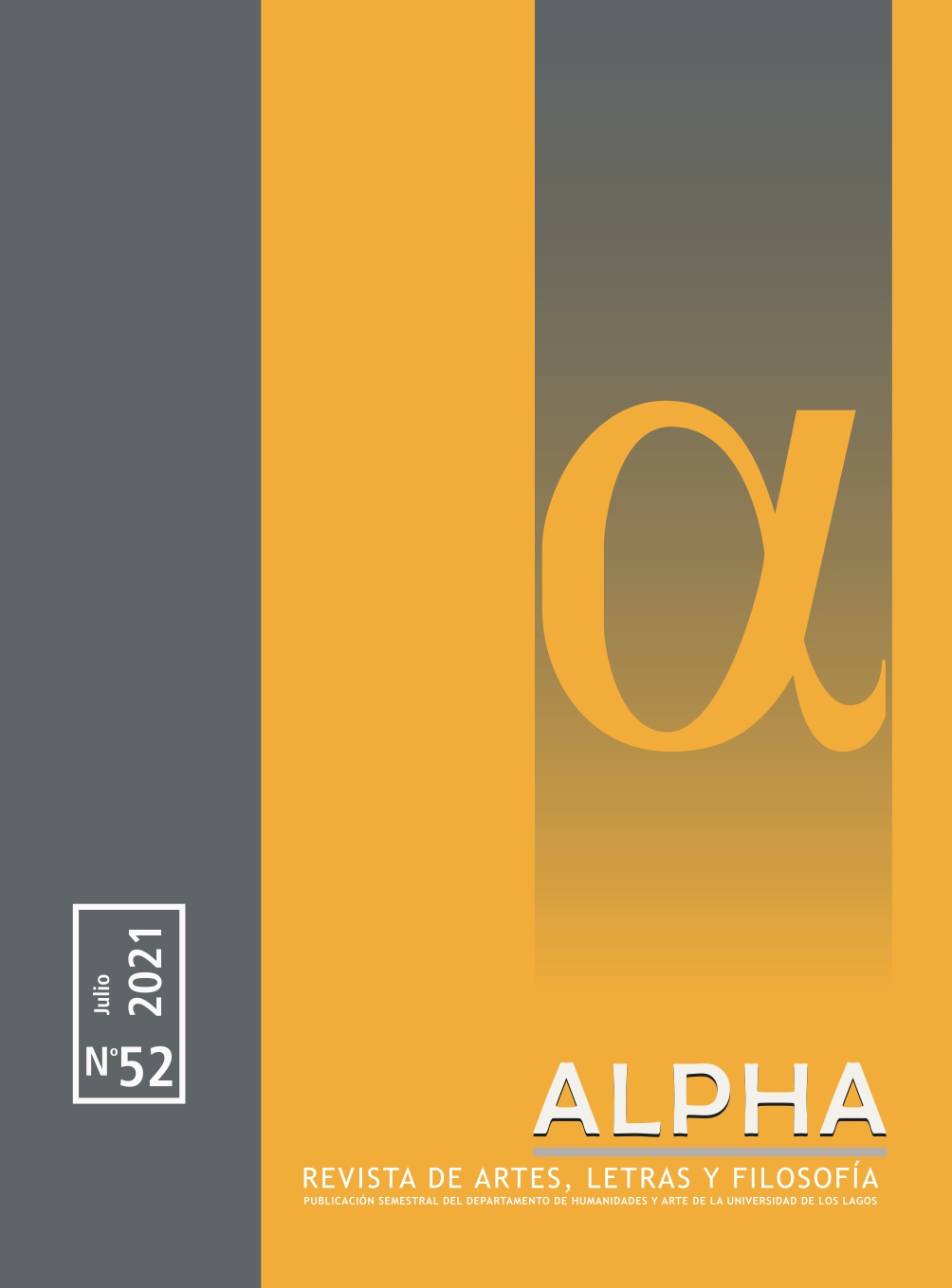Novel, leaflet and Indian Novel: XIX century chilean narrative
Main Article Content
Abstract
Between 1842 and 1870, the Chilean narrative presents a gradual development process that oscillates between the novel –if not the short story– and the folletin. Lastarria describes his story “El mendigo” (1842) as an “historical novel”. At the same time, Alberto Blest Gana wins after publishing brochures in various newspapers of the time, he takes a clear distance from that type of "popular novel” (Eco 2012) when in 1862 he reflects on the novel itself and in declaring –in 1864– that it only pretends to be a Balzac-style novelist. However, the European affiliation booklet will present –by 1870– a precise formula such as the so-called “Indian novel” criticized by Zorobabel Rodríguez. For the same reason, we propose that in the foundational instances of the national narrative the tendency to resort to the newsletter is anticipated, highlighting the reason for impossible love that cannot overcome obstacles of various kinds, whether they are sentimental, social class, political or historiographic. Our hypothesis is that in the course of the liberal Chilean novel, with a sentimental romantic stamp, this model structure is no stranger to the national narrative, a fact that allows the narration -among others- of events of the conquest, independence and the Republic.
Article Details
Downloads

This work is licensed under a Creative Commons Attribution-ShareAlike 4.0 International License.
